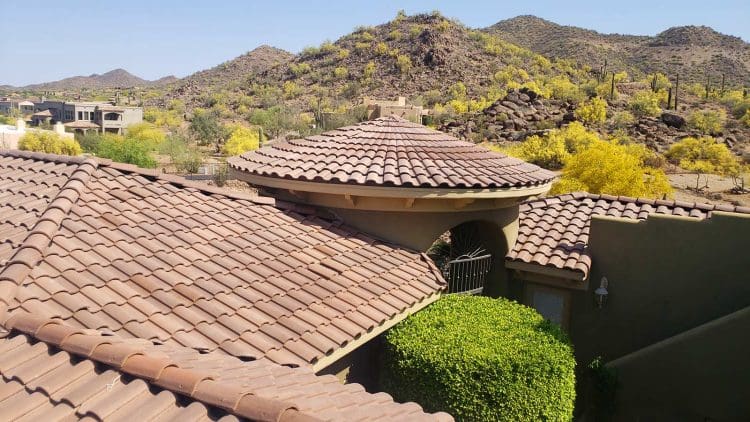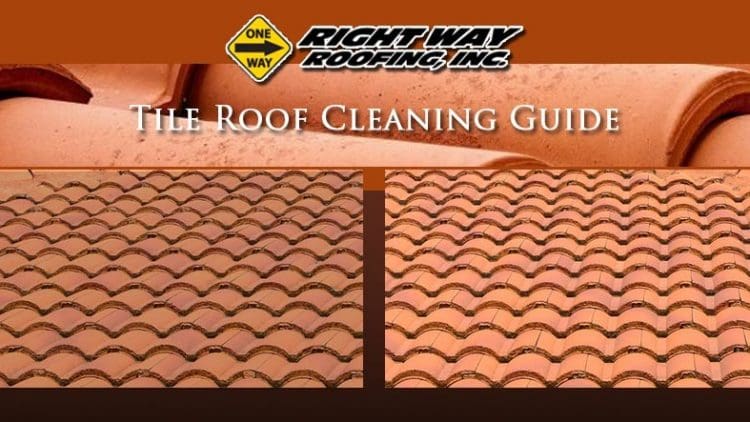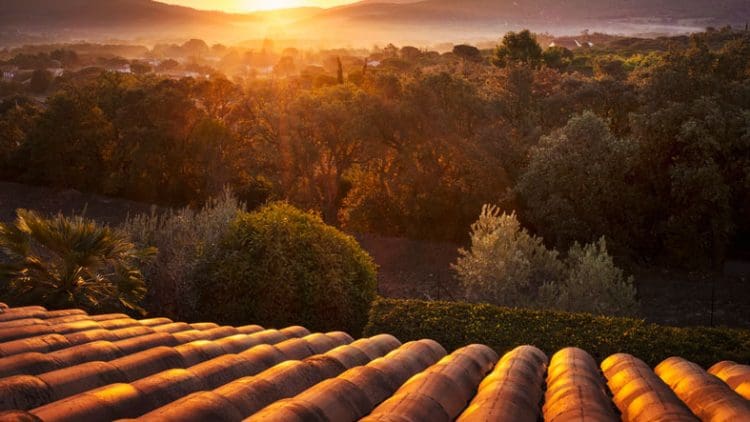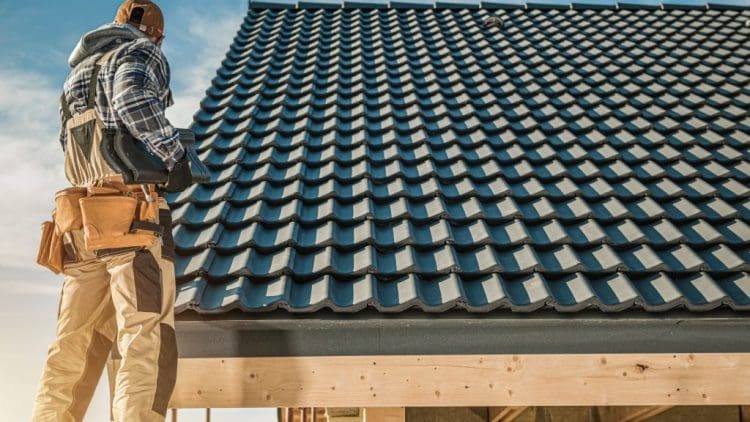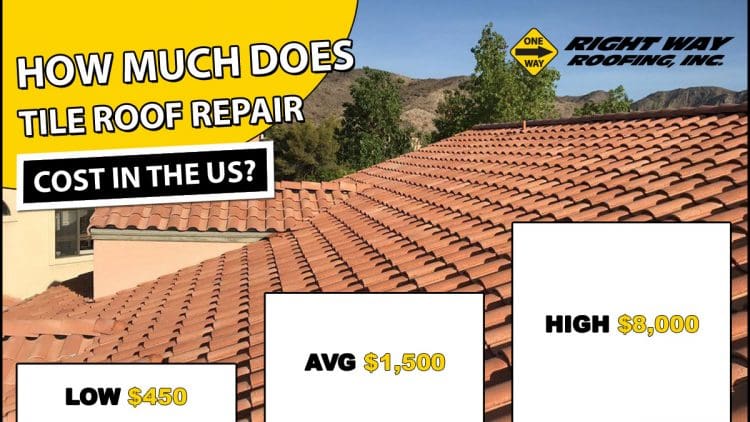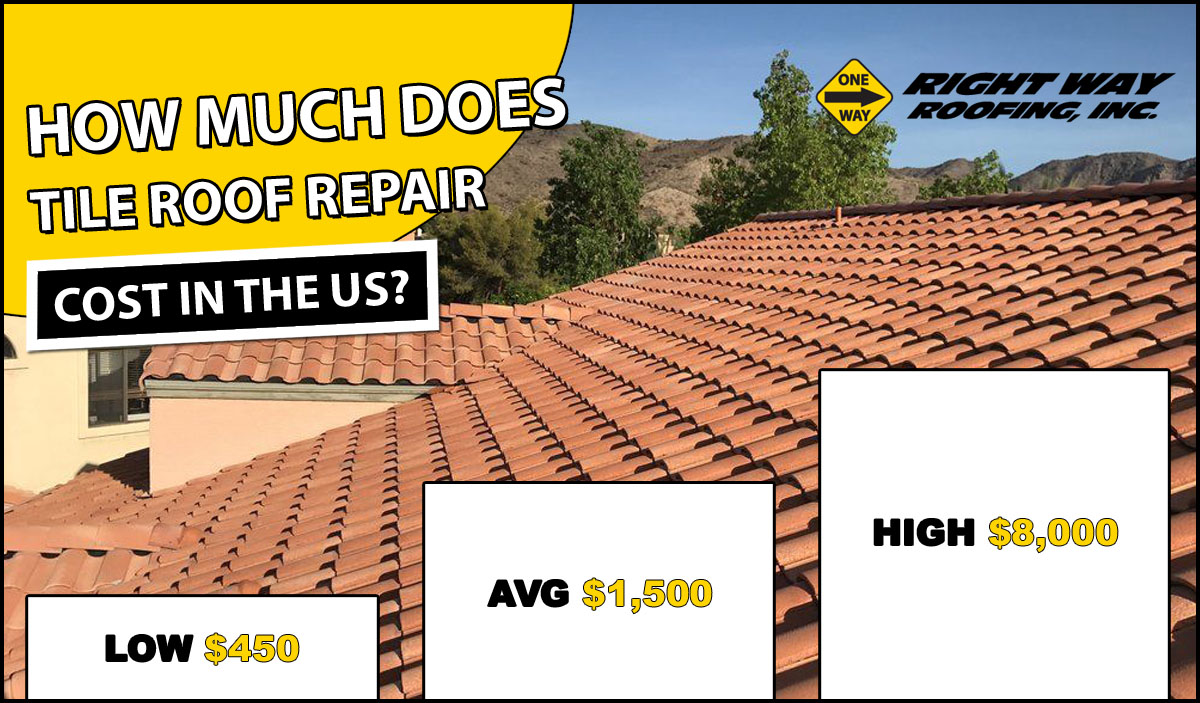The best materials for roof tiles depend on various factors, including the climate, architectural style, budget, and personal preferences. Here are some common roofing materials used for tiles, each with its own set of advantages and considerations:
-
Concrete Tiles
- Pros: Durable, relatively affordable, low maintenance, available in various styles and colors, fire-resistant.
- Cons: Heavy, may require additional roof support, can fade over time.
-
Clay Tiles
- Pros: Classic and timeless appearance, durable, fire-resistant, low maintenance.
- Cons: More expensive than some other options, heavier than asphalt shingles, may be brittle in extremely cold temperatures.
-
Slate Tiles
- Pros: Elegant and natural appearance, long lifespan, fire-resistant, durable.
- Cons: Expensive, heavy, requires professional installation due to its weight, can be brittle.
-
Metal Tiles
- Pros: Lightweight, durable, energy-efficient, recyclable, available in various styles and colors.
- Cons: May be more expensive than asphalt shingles, can dent if struck by large objects.
-
Asphalt Shingle Tiles
- Pros: Affordable, easy to install, widely available, comes in various styles and colors.
- Cons: Less durable compared to some other materials, may have a shorter lifespan, can be susceptible to wind and hail damage.
-
Wood Shake Tiles
- Pros: Natural and rustic appearance, environmentally friendly, can be energy-efficient.
- Cons: Requires regular maintenance, may be susceptible to rot, insects, or fire (unless treated), may not be allowed in some fire-prone areas.
-
Solar Tiles
- Pros: Harness solar energy for electricity generation, environmentally friendly, can be integrated into the roof.
- Cons: Generally more expensive than other roofing materials, may have a longer payback period, appearance may not suit every architectural style.
When choosing roof tiles, it’s essential to consider factors such as the local climate, the slope of the roof, budget constraints, and any architectural or homeowner association restrictions. Additionally, proper installation is crucial for the performance and longevity of the roof, so hiring a qualified roofing professional is recommended.
Why Do Tile Roofs Need Cleaning?
Tile roofing needs to be cleaned for a number of reasons. Chief among those reasons is to make the roofing last as long as possible, keep it looking great, and even help catch damage early. In addition, cleaning helps preserve the underlayment and helps ensure water runs off easily, and quickly.
Makes Roofing Last Longer
Roofing of any type has the job of keeping the water out of your home. The tile on your roof works with the underlayment to achieve this goal. For the tile and underlayment to last as long as possible cleaning will help prevent algae, mildew, or moss to grow on your tile. The spores associated with those biological growths can literally eat through underlayment if left unattended. If this happens you will be looking at replacing the underlayment on your tile roof.
Helps Roofing Stay Looking Great
It goes without saying that homes which are cared for and receive regular cleanings and upkeep simply look better. Stains from mildew, moss, or algae ruin the look of tile roofing. When your tile is cleaned on a regular basis it makes them last longer and stay looking great! When your roof looks new and attractive your home just looks better and maintains its value better.
Great Chance To Catch Damage Early
Cleaning gives homeowners an opportunity to examine the roof carefully during cleaning. This can help avoid more serious issues with tile roofing such as mold, mildew, leaks, and drafts. When these problems are caught early it costs less to repair them. When the roof is cleaned on a regular basis minor issues will be caught and repaired at significant savings.
How Do I Clean My Tile Roof?
If you’re interested in cleaning your roof yourself you will need the right tools, safety measures, and steps to complete the project. Ensuring that it is easy to get the job done without risking your health makes all the difference in responsible home maintenance.
Tile Roof Cleaning Tools
To clean your tile roof you will need a pressure washer, plywood sections, ladder, cleaning chemicals, sealant, and potentially paint, sealer, replacement tiles, and clothes. Ensure if you choose to clean your tile roof you have the right nozzles for the pressure washer to match your roof and the right chemicals.
Tile Roof Cleaning Safety
Responsible homeownership begins with putting safety first, and that is no different for when you’re working on your roof. You will need shoes with good traction, distribute your weight carefully on tiles, only step on dry areas, carefully tread on the lower portion of tiles, work by section, and buff the tiles. In addition, some of the chemicals might be harmful to plants around your home, so make sure they are covered and protected from overspray and runoff during cleaning.
Tile Roof Cleaning Steps
Bring On The Power – The first step is to use your pressure washer to remove debris and the visible dirt from your roof. This includes the common dust we have in the Phoenix area, any twigs, leaves, and dead insects. Work yourself down from the ridge and down towards the gutter. Make sure you let your roof dry completely before you move on to the next step. The PSI setting should be around 1,200 to 1,500 PSI.
Cleaning Chemicals – Reduce the pressure of the power washer to easily and evenly distribute your tile cleaning solution. Let the product seep into the tile’s pores for a few minutes or even until dry. This gives the chemicals a chance to really dissolve the spores and remove dirt.
Rinse Cycle – Just like anything else you clean with chemicals they need to be effectively removed by rinsing. Sometimes this is the most demanding step of tile roof cleaning, depending on how dirty the roof was. Crank the pressure on your washer back up and aim directly at the stains or stubborn dirt. Work your way down from the top to the lower section of your roof.
Clean Out Gutters – Once all of the dirt and debris has been removed from the roof it has probably ended up in your gutters. Gutters help prevent erosion around your home’s foundation and if they are clogged with debris water can backup and leak into your roof. Take a moment to remove debris from your gutters.
Buffing Your Tile – Once your roof is completely dry you will want to buff the tile. Not only does this prepare your tile for repainting or sealing but it also gives you a chance to inspect for damage. This is the step that will help you catch problems while they are small.
Handle Any Repairs – Now is the time to fix any small issues caught during the cleaning of your tile roof. Just keep in mind that minor damage can lead to leaks. Leaks into your home might seem like a small problem, but mold is developing in your walls or attic, it can add up to major repairs. Insulation removal might be necessary and ceiling or walls might need new sheetrock, wiring, and insulation.
Seal & Paint – Depending on the type and style of roofing you have you may need to prime, paint, or seal the roofing tiles. Once your roof is completely clean and all damage is repaired you’re ready to refinish your tile roof. Now you can prime your roof, reseal the tiles, and paint if you so choose.
Phoenix Valley Tile Roof Repair
If you have a home that needs tile roof repair in the Phoenix Valley, we can help! Right Way Roofing, Inc. is a local family owned and operated business who proudly serves communities in the Phoenix area. We offer tile roof repair and as we are in our 3rd generation of roofing contractors we have a wealth of experience and knowledge on repairing tile roofing in Arizona. We only know one way to fix tile roofing, The Right Way.


